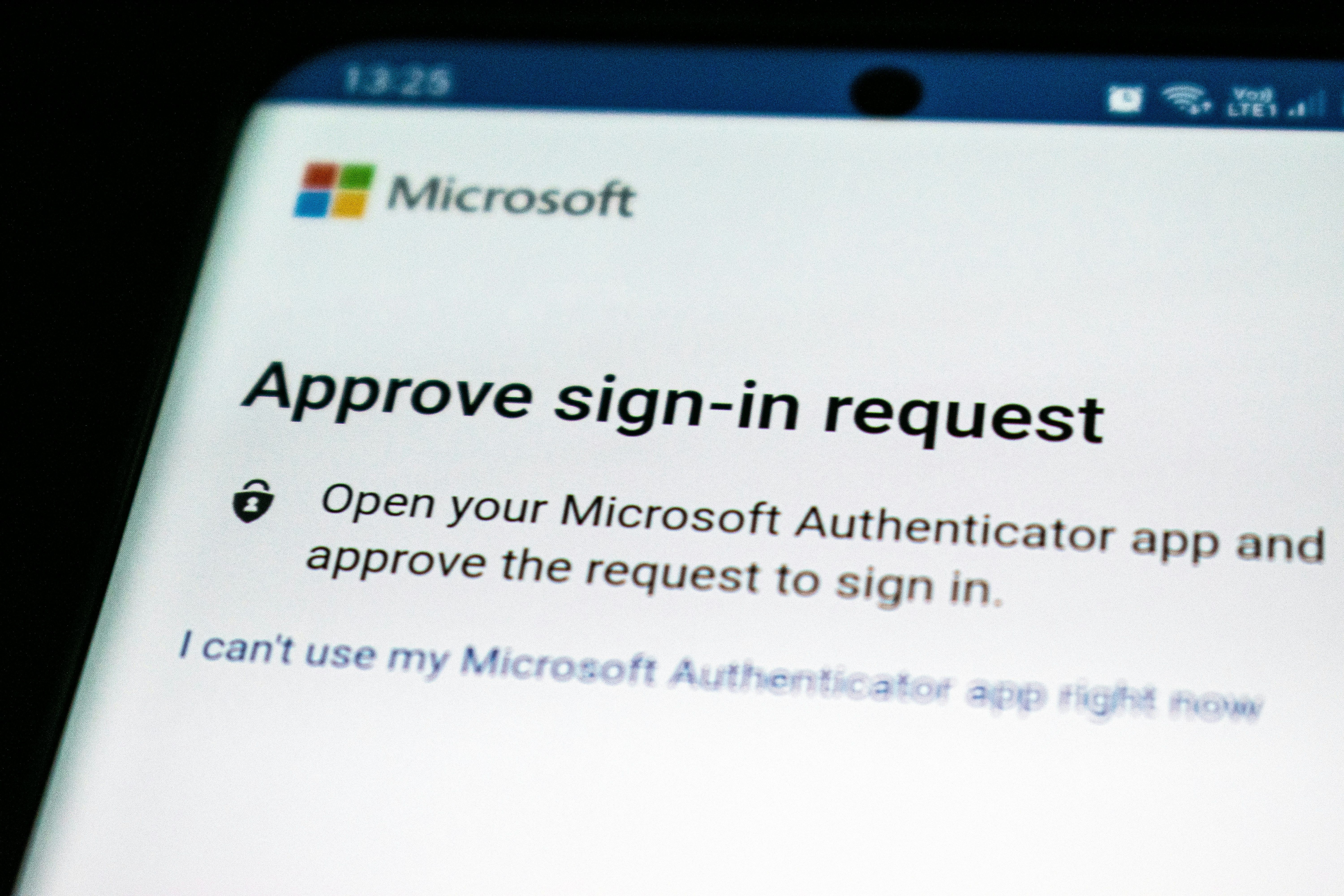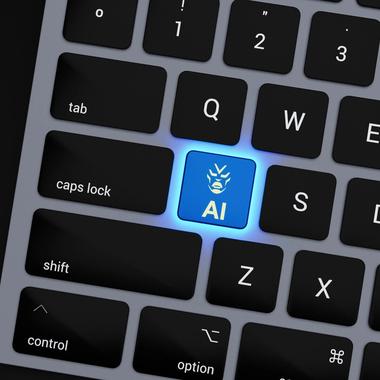It’s great to see so many more organisations taking digital security seriously and looking for ways to mitigate weaknesses in their authentication methods. Throughout 2022, we expect to see a gradual shift towards more secure authentication, with Adaptive MFA, biometrics and Passwordless MFA all becoming more common. Though these approaches are undoubtedly more secure than credential-based authentication, organisations still need to implement them intelligently if they’re to have the desired effect.
Taking a bigger step back and looking further into the future, there are suggestions that data security and privacy may form the foundations of new internet architectures. Tim Burners-Lee’s Web3 concept is an excellent example. It aims to return data ownership to users via a decentralised architecture that enables users to store data in different pods. These pods can be hosted wherever the user chooses and allows them to dictate which applications can access their pods and who they share their data with.
As in previous periods of seismic technological and economic change, this is a radical attempt to redistribute resources from the minority (Big Tech) to the majority (Users). Except this time, the resource isn’t land, capital or the means of production but data. As before, those organisations with a vested interest in protecting the current internet architecture will not lie down and let it happen.
With cyber criminals deploying increasingly sophisticated threats and technology, we’re hoping that the growing awareness surrounding authentication results in a significant shift in the way users and organisations approach digital security. Fortunately, it appears as though digital security is now at the forefront of developers, users and businesses’ minds.







